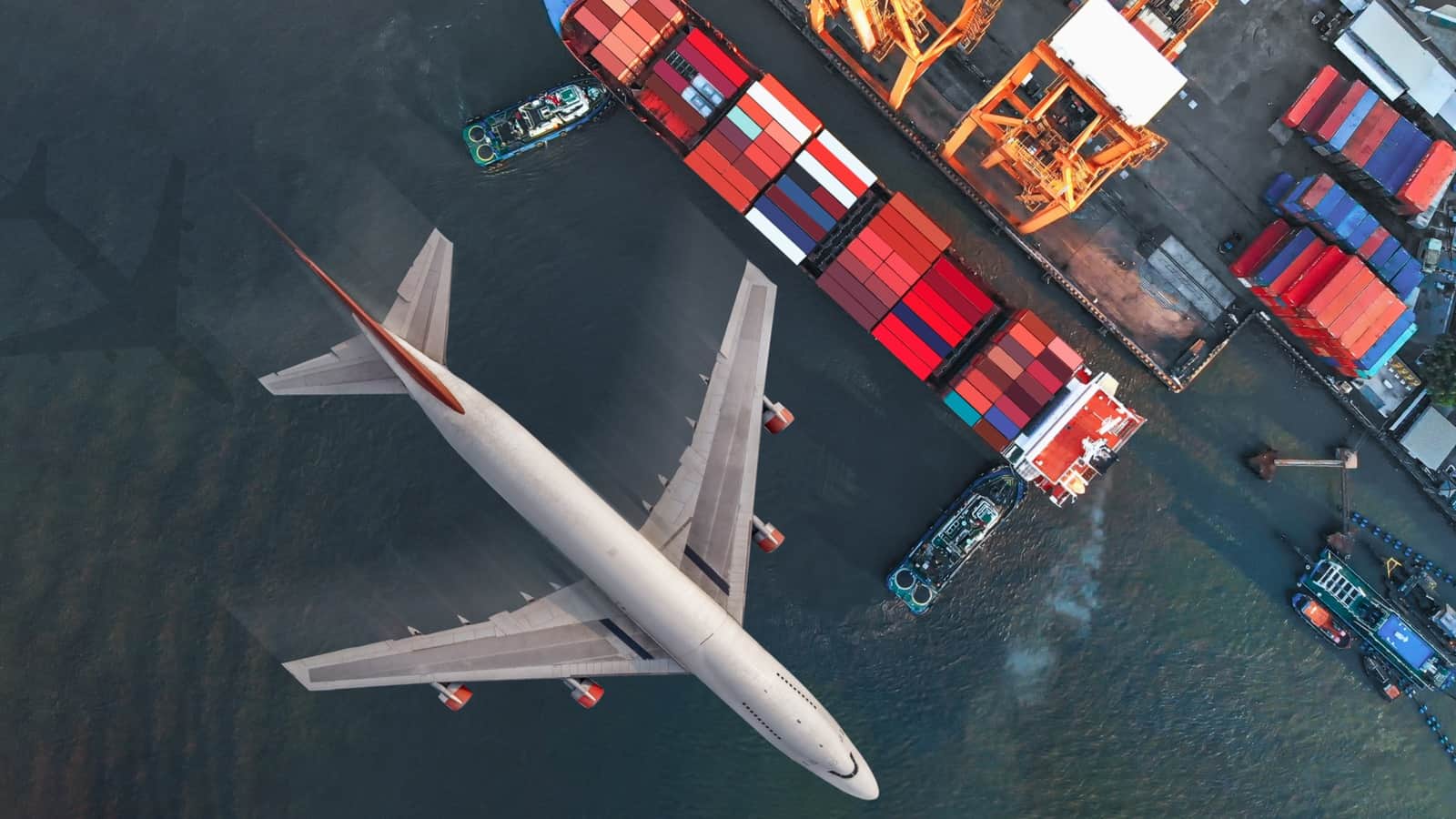NAM to White House: Maintain, Improve Trade Facilitation Measure

As lawmakers consider proposals to scale back the de minimis treatment of low-value goods entering the U.S., the NAM and several of its partners are reminding stakeholders of the importance of having a streamlined, tariff-free customs entry process for such imports.
- These shipments are still subject to all U.S. laws and information requirements that enable enforcement at the border.
Last week, a group consisting of labor unions, select business associations and other stakeholders formed a coalition against certain de minimis imports, according to CNBC.
A critical provision: The NAM and six allied groups pushed back, urging the White House to maintain the so-called “de minimis” import entry type, which permits goods valued at less than $800 to enter the U.S. in a streamlined manner and tax-free.
- “De minimis has benefitted thousands of American small businesses across all sectors,” said the groups. “For example, de minimis allows businesses to obtain inputs for domestically manufactured products into the United States more efficiently and with fewer unnecessary administrative requirements.”
- “It has also made purchasing goods online more affordable and accessible for consumers at a time of inflation and supply chain challenges. … The average value of a de minimis package is roughly $50. If de minimis were to be eliminated or significantly degraded … a $50 delivery could become a more than $100 delivery.”
Combating disinformation: Proponents of eliminating or significantly degrading de minimis cite several concerns with the entry type that are unfounded, the NAM and its allies said.
- “There is no evidence that illegal products are more prevalent in de minimis shipments,” they went on, citing a CBP executive who refuted the false claim that de minimis shipments aren’t screened.
- When it comes to fentanyl, “[a]s government enforcement statistics make clear, the overwhelming majority of fentanyl enters the United States in large shipments from Mexico … smuggled in passenger vehicles, by pedestrians, and concealed in truck shipments. De minimis packages, on the other hand, arrive in the United States overwhelmingly by air transportation throughout the country.”
- Finally, eliminating the de minimis entry type would strain border control. “[D]egrading de minimis and routing one billion shipments into more resource intensive processing streams would require tens of thousands of CBP personnel to process information that is not related to enforcement and collect duty, rather than spending that time on activities that would actually interdict illicit items.”
Other solutions: The letter urges the administration to consider “practical, innovative ways to improve de minimis without increasing costs for consumers and small businesses.”
- Customs and Border Protection should use the authority it already has to build on existing enforcement of U.S. trade laws at the border by separating the vast universe of compliant shipments from illicit packages.
- This can be done through a rulemaking to formalize ongoing tests that require additional information on low-value shipments, closing information sharing gaps and employing a more “future proof” approach to include the use of technology.
